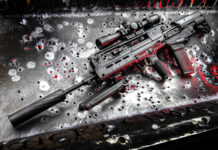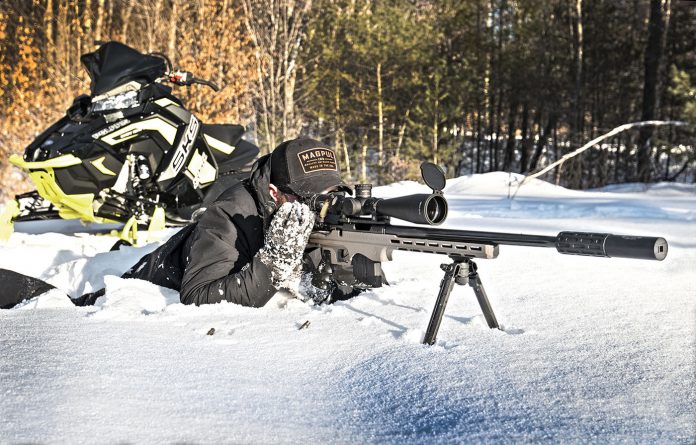Corvette performance and features at an Impala price
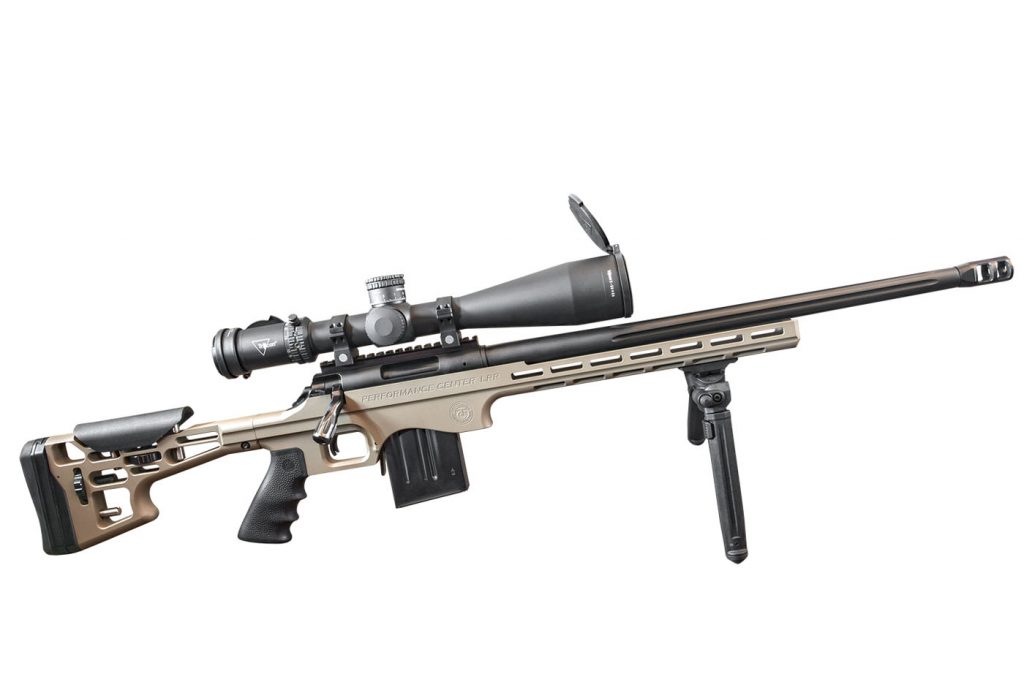
The allure of long range shooting has been becoming more and more popular of late. There are few things that you can do with your clothes on which are more satisfying than hearing steel ring on a target you can barely see several seconds after your shot breaks, or getting out calipers to figure out just how small your group is. This kind of precision requires elements of both art and science, necessitating a significant amount of expertise combined with the right equipment. While expertise can generally be bought only through experience, it is possible to acquire the equipment if one is willing to dole out a very significant number of coins. Fortunately, the need to dole out quite so many coins has now been reduced with the introduction of the Thompson Center Long Range Rifle (LRR). As the name would suggest, the LRR is the result of collaboration between the Smith & Wesson Performance Center, and the well-known rifle experts at Thompson Center. Together they have created what may be the best entry-level, high-performance precision rifle seen on the market to date.
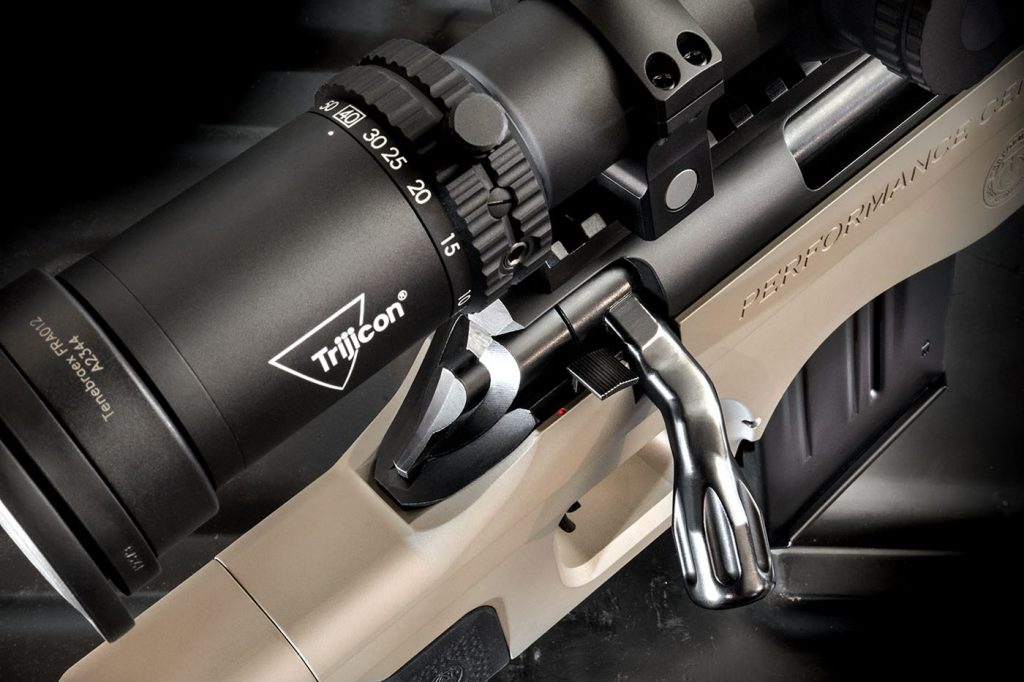
The T/C Performance Center LRR comes with a multitude of standard features generally found on much more expensive, sub-MOA-capable custom rifles. Straight out of the box it is clear you are dealing with something well beyond basic. The 20-MOA Picatinny rail topped action is not bedded, but instead rests in a stiff, skeletonized aluminum chassis which comes in black or FDE. The forward end extends about 13 inches beyond the action itself, with MLOK cuts at along the sides and bottom for accessories. The stock is also skeletonized, has an easily adjustable cheekrest and buttpad, complete with a deliberately rounded cutout for resting the web of the support hand. If that’s not enough, the stock itself can be removed for easier stowage. The grip is a AR-type from Hogue. The heart of the LRR is a three-lug bolt with an oversize bolt handle, 60-degree throw and even a loaded-chamber indicator. The bolt is easily removed via a button on the left side of the action (when not impeded by the adjustable cheek rest), with a thumb-activated safety to the upper right. Meanwhile, the 24-inch, 1:12” twist, .308 Win. caliber barrel is free-floated, fluted and topped with a two-port muzzle brake. S&W used 5R rifling in the LRR for improved accuracy. Don’t know what 5R rifling is? In layman’s terms, 5R rifling has each land opposite a groove, with grooves cut at shallower angles than normal rifling to mitigate bullet deformation and augment ease cleaning. The action is fed by a 10-round, Accurate Mag AICS-style detachable magazine.
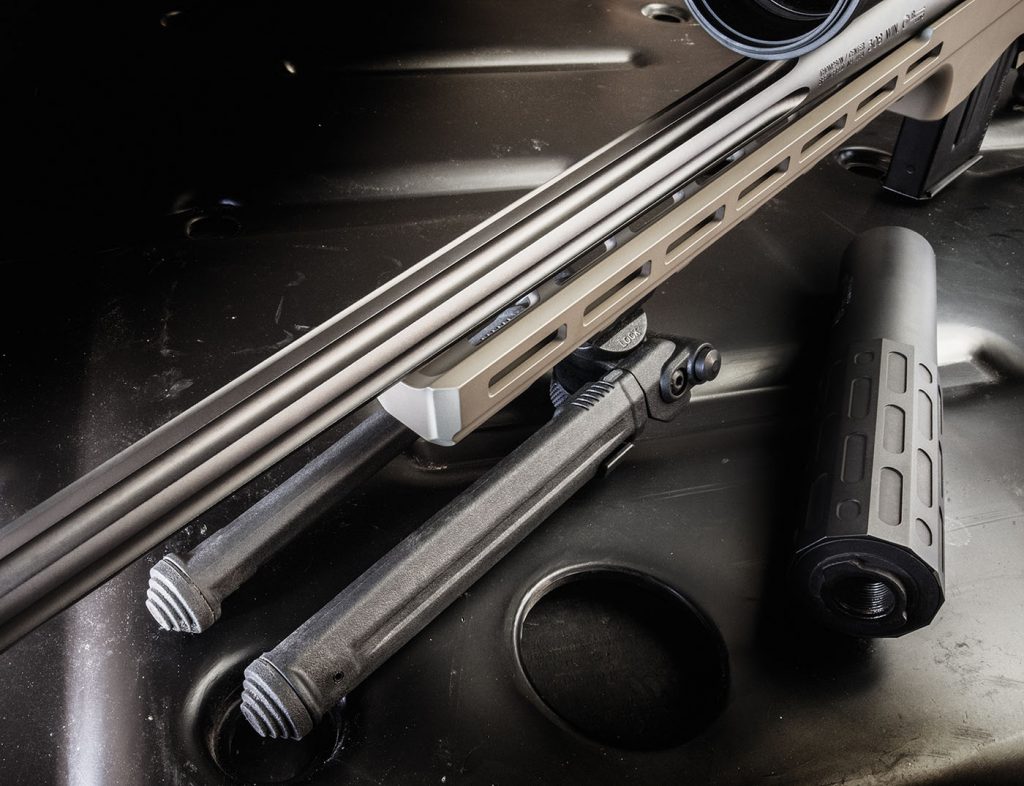
The inserted mag locks easily and is removed quickly via an AK-type lever to the rear of the magwell. Finally, the trigger is tabbed, similar to a Savage Accutrigger, and is adjustable between 2.5 and 3.5 pounds if the action is removed from the chassis. The trigger on my LRR broke very cleanly at 2.8 pounds with very minimal take-up or over travel. The whole package comes complete with a Caldwell bipod and an attractive and very useful padded-nylon rifle case with the usual literature. Instead of using the Caldwell bipod, we took the opportunity to test the LRR with the very capable Magpul M-LOK bipod.
Page 2










